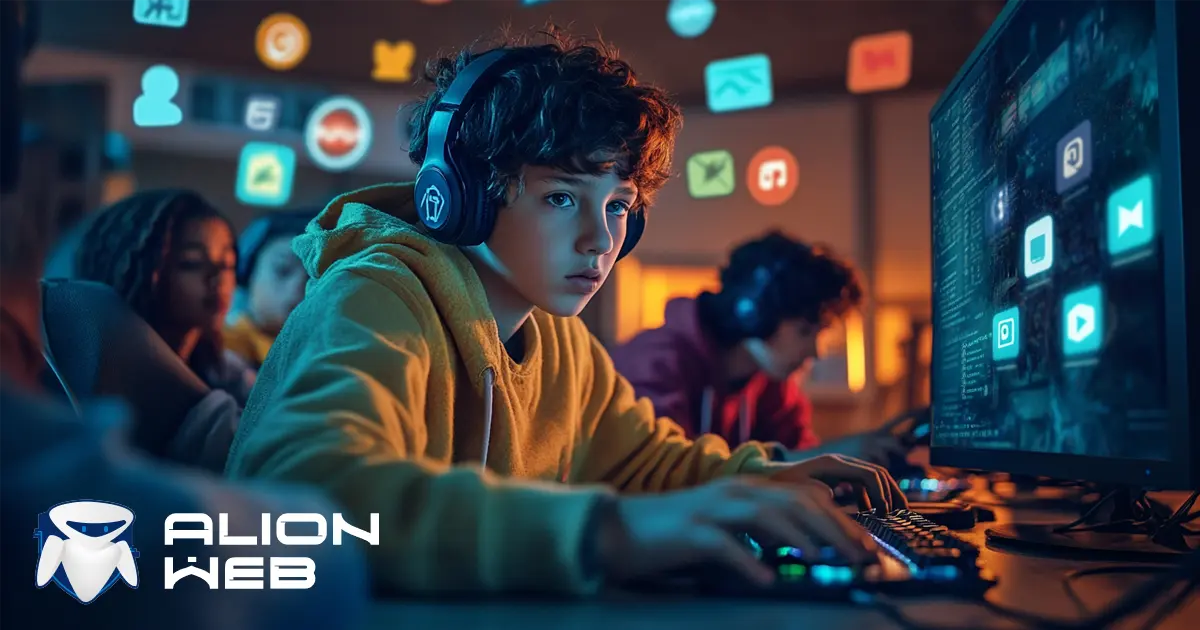Threats on Social Media for Children and Teenagers: How to Protect Your Kids?

Social networks have become a part of teenagers' lives. While they offer many opportunities for communication and self-expression, they also carry numerous risks. It is important to understand the threats children face online and how to minimize their impact.
Dangers of Communicating with Strangers
One of the most serious threats is communication with strangers. Malicious individuals may pretend to be someone else and manipulate teenagers. Often, such "friends" try to obtain personal information or persuade them to engage in dangerous activities.
How to Protect?
Explain to children that they should not talk to strangers online or share personal information. It is important to teach them how to block suspicious users.
Cyberbullying: Online Harassment
Cyberbullying is violence that occurs on the internet. Teenagers may become the target of insults, threats, and ridicule. Such behavior negatively affects a child's self-esteem and mental health, causing depression and stress.
How to Help?
If a child faces aggression, it is crucial to support them and, if necessary, seek help from school psychologists or the police.
Harmful Content
It is impossible to completely block access to violence, pornography, and other undesirable materials on the internet. Such content can seriously affect teenagers' mental health, distorting their perception of the world.
What to Do?
Use AlionWeb, but it is also important to have conversations with children about safe content consumption and the risks they may encounter online.
Social Media Addiction
Teenagers often become addicted to social media, measuring their self-worth by likes and comments. This can negatively impact their studies, personal relationships, and mental well-being.
How to Help?
Set reasonable time limits for social media use, encourage active participation in the child's life, and promote real-life interactions.
Fraud and Financial Risks
Online fraud is a common threat for teenagers, especially when they encounter fake offers or lotteries. This can lead to the loss of personal data or money.
How to Protect?
Teach children not to trust suspicious offers and always verify information before sharing personal data.
How to Protect Your Child?
Understanding the threats in social networks and active parental support will help teenagers use the internet safely and minimize risks.
Install AlionWeb to protect your child and have peace of mind
